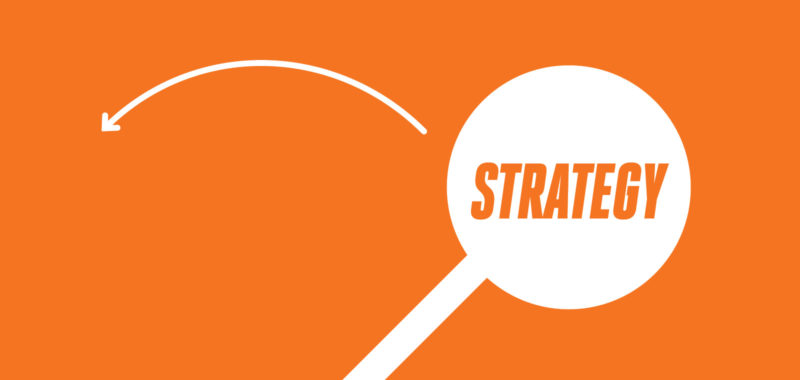
While it may be tempting, or in some cases mandatory, to dial down marketing activity during this national health crisis, there are plenty of low-cost tactics to deploy to help your brand stay top-of-mind with your audiences.
Plus, now is a great time to be stocking up on content you can use later, when market conditions change.
Digital marketing consists of various online promotional efforts meant to drive engagement, develop leads, increase conversions and ultimately drive sales. In a time when in-person and offline marketing tactics are hampered by the coronavirus stay-at-home orders nationwide, it makes sense to focus on your digital marketing strategy and tactics to reach customers and prospects in the home and building products industry.
Below are seven digital marketing tactics to focus on now, while even more business than ever is taking place online.
1. Social Media
An active social media presence is important for awareness. But it can also drive engagement that leads to sales. Make sure you are posting on the platforms that make the most sense for your target audiences. In the home and building products industry, that generally means some combination of Facebook, Instagram, LinkedIn and/or Pinterest. You don’t need to be everywhere, but you do need to be where your target is going for information and interaction. Be sure to post regularly and try for a mix of topics that are industry relevant, product specific and generally helpful. Keep posts short and include an image, graphic or video, as that increases click-through.
2. Email Marketing
Email marketing is a great tool for lead generation and conversions. Emails should be strategically written and designed to speak to the target audience and offer them information that is valuable. Ideally every email would drive to a landing page or content page on the website and offer at least one point of conversion. Email marketing is also an integrated tactic because you can include social icons, infographics, video and case studies through this medium.
3. Influencer Marketing
Influencer marketing can be very effective, and it doesn’t have to be expensive. Influencers don’t need to be famous; they can simply be a person with a lot of social followers and an ability to promote products. With a little research, you can find and vet influencers who will resonate with your target audience. Some will agree to be an influencer on behalf of your brand in exchange for free products, while some will ask for a fee. Either way, influencer marketing is powerful because it is second-hand promotion and endorsement directly to your target.
4. Blogging
Blogging is a fast and inexpensive tactic to drive SEO and SERP. By creating blogs that are timely, relevant and informational, you can not only increase your performance in search engines and drive engagement on your website, but also provide your customers and prospects with valuable content that inspires trust.
5. Infographics
Infographics are a highly visual and designed content tool for sharing information. They’re great for explaining complex topics that need to be easily digestible. Be sure to take the time to design your infographics like you would a webpage, because user experience matters, and you want to be sure you’re clearly communicating the idea or topic. Also consider developing interactive infographics which include clickable elements that drive to a landing page or deeper content within the website.
6. Case Studies
Make sure you are developing information-rich and visually compelling case studies about your products in use. Most people look at product reviews of some sort before committing to a purchase and case studies are proof of how your products and your company will perform. Be sure to tell a story that illustrates a challenge and how your products/services were able to provide a solution. Promote case studies through email marketing and be sure to have a case studies section on the website that is organized by audience or channel.
7. Video
Video is some of the most engaging content you can create, and it doesn’t have to be expensive or highly produced to be effective. It just needs to have a clear purpose and message. Keep videos to a digestible length of one to three minutes. Shorter is always better when possible, as attention spans continue to shorten. Some approaches for video include introducing a new product or service, sharing customer stories and case studies, demonstrating how-to instructions and product testimonials from satisfied customers.
Need support with creative marketing strategies during social distancing? We can help. Fill out an inquiry or contact Dana Gulick: dgulick@stonerbunting.com.